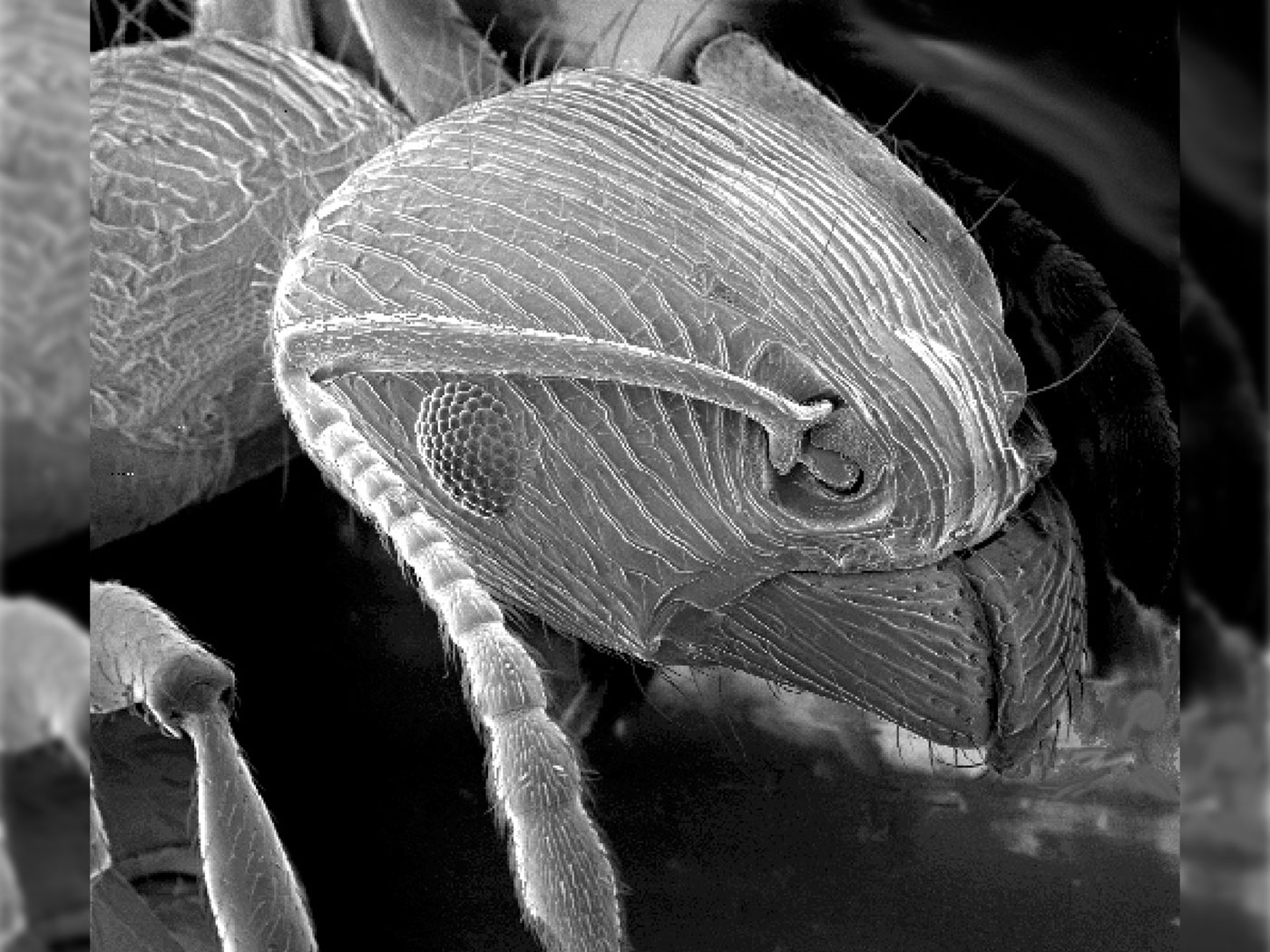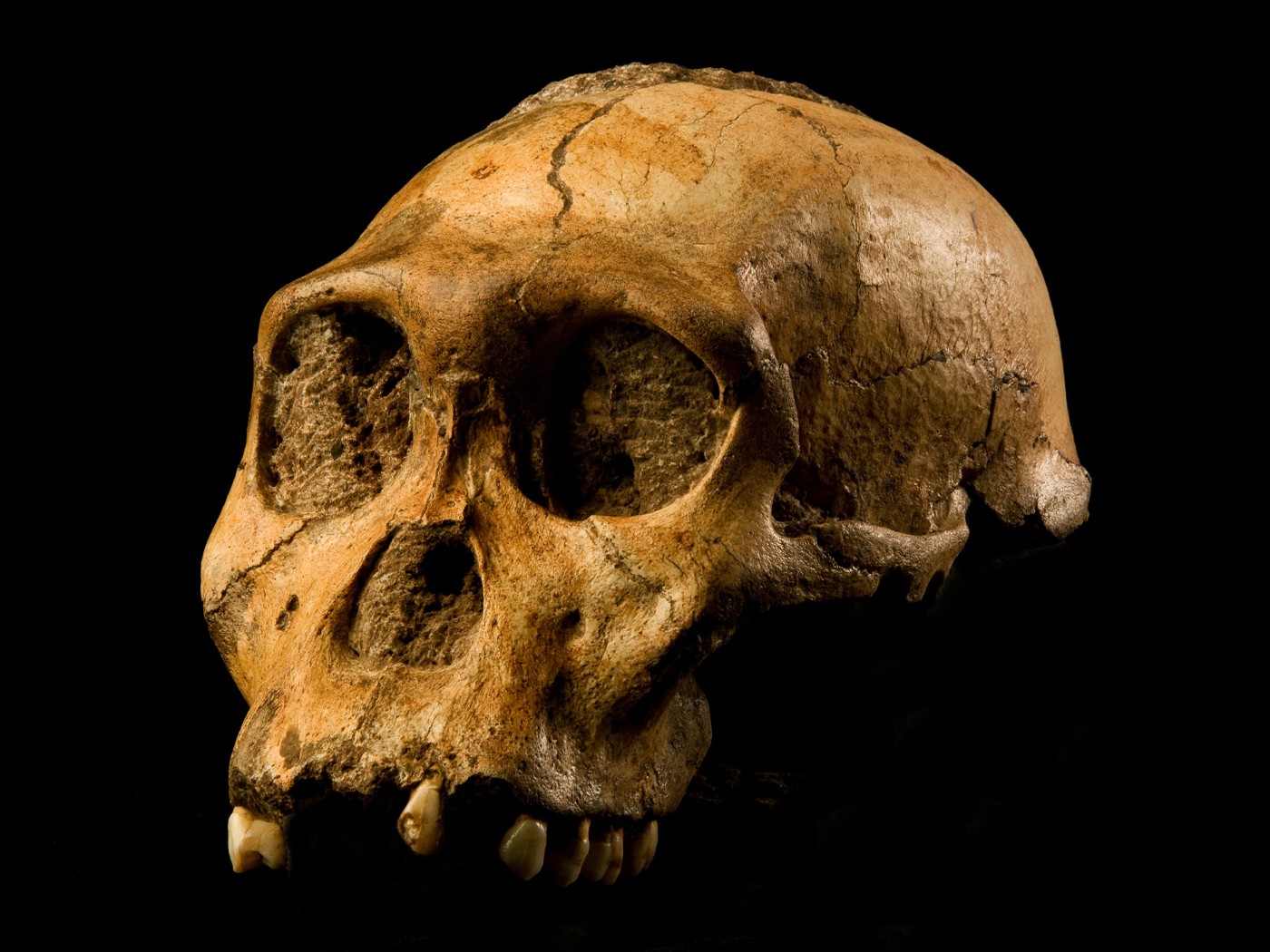For more than a thousand years ancient and medieval mariners often returned from their voyages with frightening tales of encounters with, or sightings of, large and dangerous sea monsters. These were amazing creatures, not only because of their size and ferocity, but also because they would at times break the surface of the water, indicating that they were actually air breathers. This, along with their unique anatomy, made it clear that these strange creatures were not a species of fish. It was soon recognized that they were some kind of unusual marine reptile. Consequently, they were often referred to as sea dragons. As time went by, fewer and fewer of these unique and fearsome creatures were seen. Eventually there were only the stories from olden days. Finally the stories themselves began to lose their credibility and were relegated to the realm of legends or mythology.
However, in the 1800s a young English girl, Mary Anning of Lyme Regis, England, discovered the fossil remains of some strange and very ancient marine animals. The pay she received from various paleontologists motivated her to keep looking. She found so many that she actually was able to make a living from the discovery and sale of these fossils. In time the fossils she found received their modern names of ichthyosaurs, meaning "fish lizards," and plesiosaurs, meaning "near lizards."
Since that time, hundreds of articulated ichthyosaur skeletons have been found, making it possible for us to know a good deal about these marine creatures. The first scientist to describe ichthyosaurs was Dr. William Buckland, professor of Geology at Oxford. Dr. Buckland had respect for God as Creator and spoke of the various unique aspects of the ichthyosaurs within the framework of intelligent design. We find that the ichthyosaur had large ear bones, indicating that they had a good sense of hearing. These ear bones were able to carry sound vibrations from both air and water to the inner ear. The eye sockets were very large, indicating that they may have hunted at dusk or in deeper water. In one specimen, the eye orbit was four inches in diameter. The eyeballs were surrounded by a ring of bones, the sclerotic ossicle, which probably protected their eyes when diving abruptly for prey. Buckland states, ". . . the preservation of this curiously constructed hoop of bony plates, shews that the enormous eye, of which they formed the front, was an optical instrument of varied and prodigious power, enabling the Ichthyosaurus to descry its prey at great or little distances, in the obscurity of night, and in the depths of the sea . . ." (William Buckland, Geology and Mineralogy, Considered with Reference to Natural Theology, volume 1, William Pickering, 1836, p. 174.)
It has also been suggested that this ring of bones was useful for protecting the eye from being slapped by the small waves whenever they surfaced. They may have also given the eyes of the ichthyosaurs both microscopic and telescopic powers. "In living animals these bony plates are fixed in the exterior or sclerotic coat of the eye, and vary its scope of action, by altering the convexity of the cornea: by their retraction they press forward the front of the eye and convert it into a microscope; in resuming their position, when the eye is at rest, they convert it into a telescope." (Ibid., p. 174.)
The snout was elongated which gave it a porpoise-like appearance. The long jaws were not composed of one long bone. If they had been, the lower jaw could have been fractured when the jaws had to snap shut on a squirming prey. Instead they were composed of several smaller bones. Dr. Buckland comments, "This contrivance in the lower jaw, to combine the greatest elasticity and strength with the smallest weight of materials, is similar to that adopted in binding together several parallel plates of elastic wood . . . to make a crossbow. . . . As in the . . . compound bow, so also in the compound jaw of the Ichthyosaurus, the plates are most numerous and strong, at the parts where the greatest strength is required to be exerted; and are thinner, and fewer, towards the extremities, where the service to be performed is less severe." (Ibid., p. 176.)
One of the reasons that sea dragons were seen less frequently is because they were able to stay underwater for long periods of time made possible by the design of their ribs. The ribs of the right side were united to those of the left by a set of intermediate bones which came to be referenced as the "sterno-costal" arcs. "This structure was probably subservient to the purpose of introducing to their bodies an unusual quantity of air; the animal by this means being enabled to remain long beneath the water, without rising to the surface for the purpose of breathing." (Ibid., p. 180.) Ichthyosaurs had both paddles (flippers) and fins. The fins probably were used for stabilization and steering and the paddles for lift, but neither were used for propulsion. This was accomplished by the tail, swishing back and forth rapidly which may have allowed it to swim at speeds up to 40 miles per hour.
Dr. Buckland commented that the design of these amazing creatures showed a ". . . union of compensative contrivances, so similar in their relations, so identical in their objects, and so perfect in the adaptation of each subordinate part, to the harmony and perfection of the whole; that we cannot but recognize throughout them all, the workings of one and the same eternal principle of Wisdom and Intelligence, presiding from first to last over the total fabric of the Creation." (Ibid., p. 186.)
As competent paleontologists began to prepare and display these fossils, the more it became obvious that these creatures must have been fearsome predators of the ancient world's warm, shallow seas. In fact, as more of these were reconstructed and displayed in museums, many began to wonder if they had been the terrible sea monsters the ancient and medieval mariners had talked about.
This latter suggestion, of course, has been ridiculed by many in the scientific community, because they insist that these fossils were found in rocks that date back millions of years. They believe that the ichthyosaurs as well as many other creatures found in the sedimentary rocks were buried slowly and gradually. For example, with regard to the ichthyosaurs, one popular book on this subject states, "This unusually fine fossil preservation is probably due to the bottom waters at Holzmaden being inhospitable to life because of the absence of oxygen. Any ichthyosaur dying and sinking to the sea floor would lie undisturbed because of the absence of scavengers (crabs, small fish, etc.) picking the body apart. Fine mud would eventually cover the carcass, recording the delicate skin as a dark silhouette." (The Ultimate Dinosaur, Editors: Byron, Preiss and Robert Silverberg, October, 1992, p. 234.) But animals which are in the ocean today are eaten by predatators or disintegrate in the salty ocean water whether floating to the surface or sinking to the bottom. They do not fall to the sea floor to become slowly and gradually covered with fine mud. Many ichthyosaurs are very well preserved. This would necessitate rapid (catastrophic) burial. And, indeed, a great many of them suffered this fate, "Hundreds of beautifully preserved skeletons, with the bones still joined, or articulated, as in life, have been found." (Steve Parker, The Encyclopedia of the Age of the Dinosaurs, 2000. p. 119.)
The fossil record indicates, not the uniformitarian, but the catastrophic nature of the burial and preservation of the sea dragons. This is evident from the discovery of at least two ichthyosaurs that were covered with sediment so rapidly that their offspring were fossilized in the process of giving birth. In addition to this, several have been found with their last meal still in the stomach area, including parts of pterosaurs!
Pterosaurs were the flying reptiles of the ancient world. Why would they wind up in an ichthyosaur's stomach? This was more than likely due to the immense amount of volcanism that was going on during the Flood year. These would have put large volumes of volcanic gases and ash into the atmosphere, which in many cases would have suffocated birds and pterosaurs. As they fell into the sea, some of them would have been quickly eaten by large fish or marine reptiles.
In some cases we not only have articulated bones of the ichthyosaur skeletons but carbonized skin impressions as well. This is even acknowledged by the authors who talk about slow and gradual covering of these reptiles with fine muds, "Carbonized skin impressions have been found around the skeletons of ichthyosaurs in the black shales at Holzmaden, Germany." (Op. cit., p. 234.)
Evolutionists today teach that these creatures became extinct 65 million years ago, a number which has grown in magnitude historically. For example, in 1905 Nature magazine reporting on dinosaurs says, "It is almost an appalling thought that the skeleton of a creature which lived at least several million years ago should have come down in such marvellous preservation to our own day." (———, "The New Diplodocus Skeleton," Nature, May 25, 1905, p. 83.) According to the time reckoning in 1905, the dinosaurs lived only "several" million years ago. Now, today's paleontologists are "sure" that they became extinct 65 million years ago and lived on the earth as many as 220 million years ago. (This time parameter, of course, applies to the dinosaurs, sea dragons, and pterosaurs.)
However, sea monsters or sea dragons have been referenced in many secular sources throughout human history. Modern paleontologists hold to the idea that the sea "dragons" are only mythological in nature, but refer at times to fossil ichthyosaurs and plesiosaurs as "sea dragons," i.e., "They were thought to belong to the euryapsid group of reptiles along with other sea dragons such as nothosaurs and plesiosaurs." (Steve Parker, Age of the Dinosaur, p. 116.) The late Carl Sagan titled his book that includes information on dinosaurs, The Dragons of Eden. Further, Christopher McGowan, Curator of Vertebrate Paleontology at the Royal Ontario Museum in Toronto and Professor of Zoology at the University of Toronto, gave his book on dinosaurs, pterosaurs, and marine reptiles the title, Dinosaurs, Spitfires, and Sea Dragons.
The Scriptures indicate very clearly that sea dragons were part of the original creation and are mentioned as being alive and flourishing even after the time of Noah's flood. For instance, in Psalm 74:13 we read, "Thou didst divide the sea by thy strength: thou brakest the heads of the dragons in the waters." The Hebrew word used here for dragons is "tannim." This is the same Hebrew word which refers to the land dragons (dinosaurs) in a variety of Scriptures including, for instance, in Malachi 1:3 which reads, "And I hated Esau, and laid his mountains and his heritage waste for the dragons of the wilderness."
Clearly, it is important for Christians to realize in this age when the doctrine of Creation has been undermined by the teaching of evolution, that God has been careful to reference all the major animal groups that He created, as well as an account of a global flood of judgment which made it possible for animals of the ancient world to be fossilized. If it was not for this great watery catastrophe that covered the entire earth, we would not find articulated fossil remains of animals on every continent. In the Scriptures, the Lord God has documented the fact that many of these creatures lived for an extended period of time after the Flood. During this time, they were also referenced by navigators who encountered them during their sea travels. The Biblical and secular accounts of the land dragons (dinosaurs) and sea dragons (ichthyosaurs) enable us who live in a time of great apostasy and unbelief to have strong confidence in the reliability of the Scriptures.
*Mace Baker is the author of the book, The Real History of Dinosaurs (2001).













